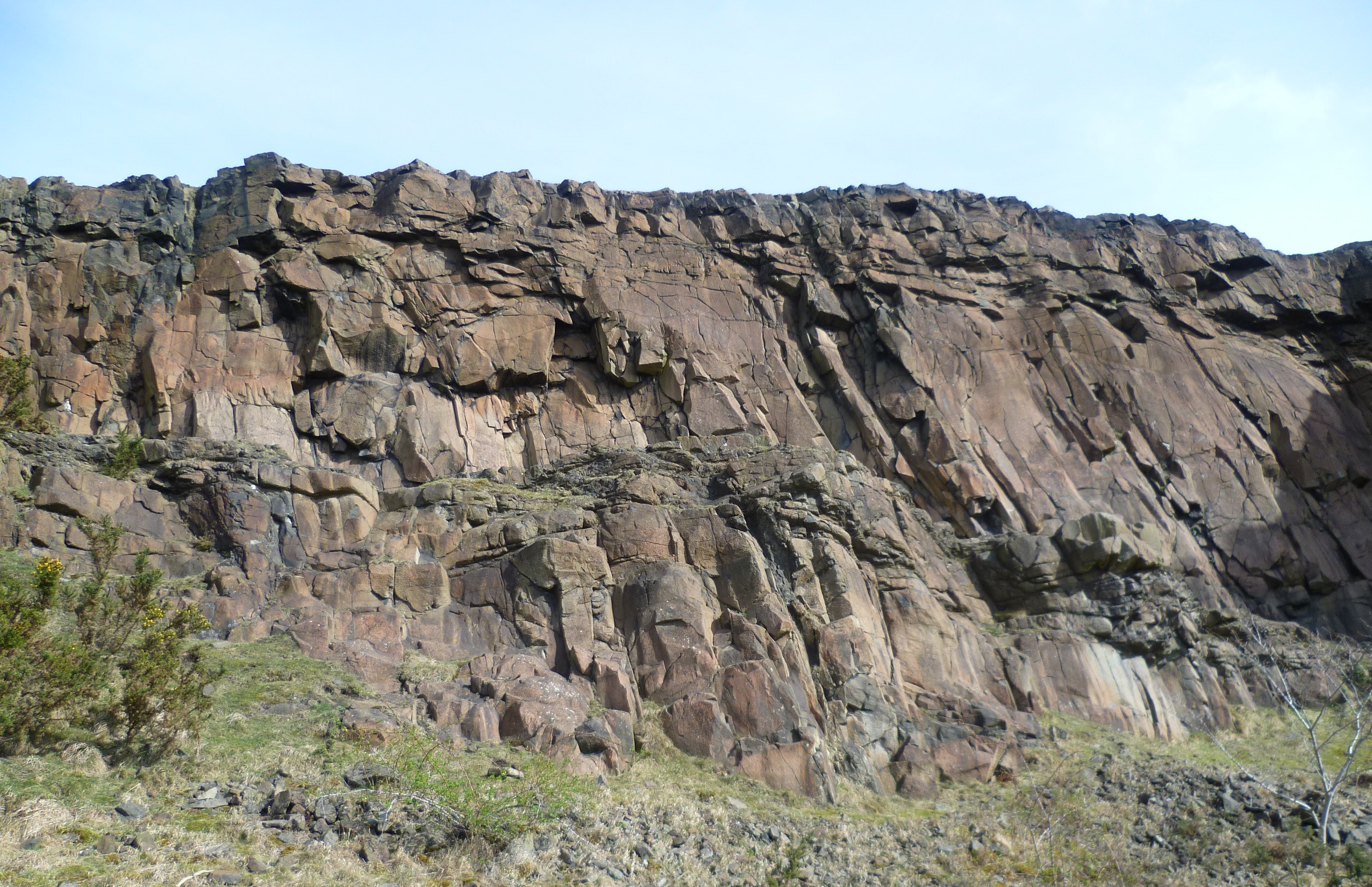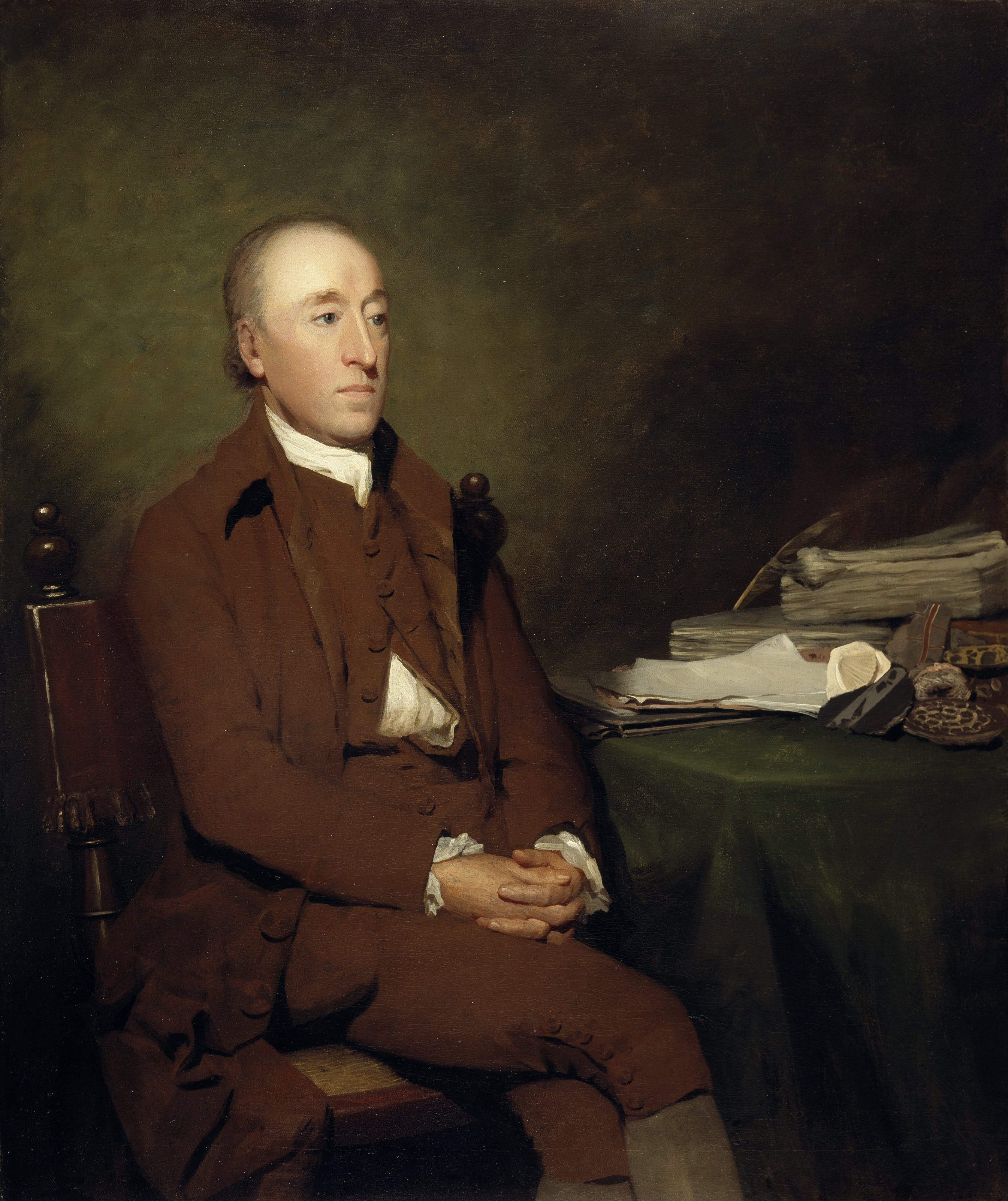Advocated Uniformitarianism
as a basis of geology
Hutton was
an early advocate of Uniformitarianism, the theory
that geological formations could be explained by observable
processes operating over very long periods of time. He
presented his "Concerning the System of the Earth"
in 1785, in which he argued
"The solid parts of the present land appear in general, to
have been composed of the productions of the sea, and of
other materials similar to those now found upon the shores.
Hence we find reason to conclude:
1st, That
the land on which we rest is not simple and original, but
that it is a composition, and had been formed by the
operation of second causes.
2nd, That
before the present land was made, there had subsisted a
world composed of sea and land, in which were tides and
currents, with such operations at the bottom of the sea as
now take place. And,
Lastly,
That while the present land was forming at the bottom of the
ocean, the former land maintained plants and animals; at
least the sea was then inhabited by animals, in a similar
manner as it is at present.
Hence we are led to conclude, that the greater part of
our land, if not the whole had been produced by operations
natural to this globe; but that in order to make this land a
permanent body, resisting the operations of the waters, two
things had been required;
1st, The
consolidation of masses formed by collections of loose or
incoherent materials;
2ndly,
The elevation of those consolidated masses from the bottom
of the sea, the place where they were collected, to the
stations in which they now remain above the level of the
ocean."
He famously concluded with the phrase, "The
result, therefore, of our present enquiry is, that we
find no vestige of a beginning,–no prospect of
an end." Charles
Lyell, who was strongly influenced by Hutton, also
concluded, "The past is the key to the present."
Hutton made observations of several geological discontinuities,
where rocks of different time were overlain on each other.

Discontinuity at Salisbury Crags near Edinburgh
Granite is upthrust through overlying
metamorphic rock, so as to suggest molten igneous rock
penetrating upward through rocks modified under pressure.
Other discontinuities show layers of horizontal sedimentary
sandstone overlain on layers tilted almost vertically.


